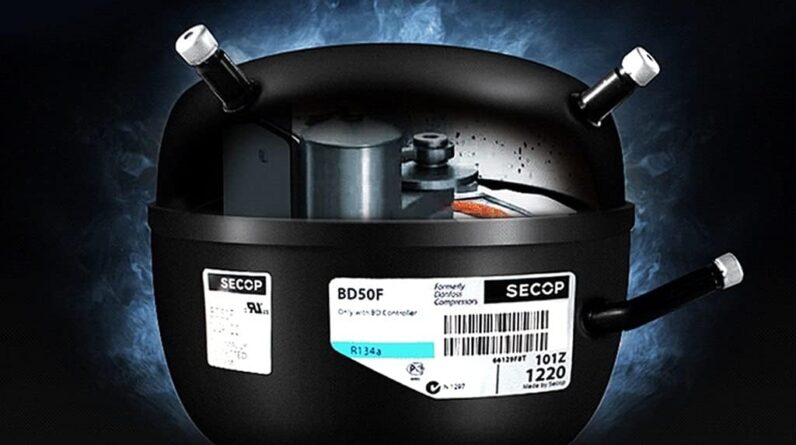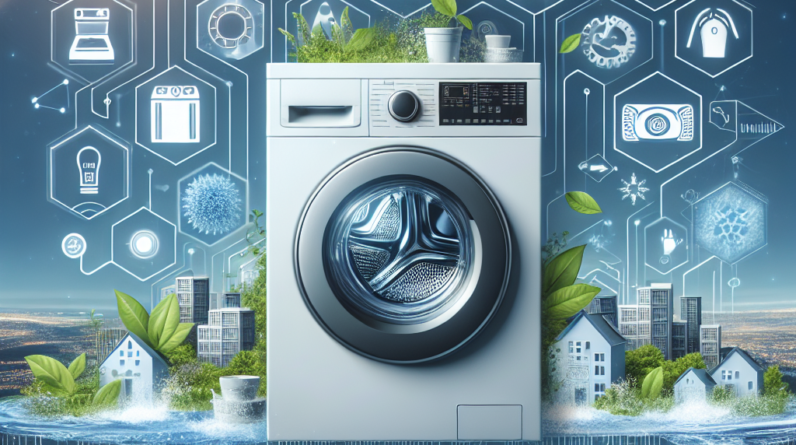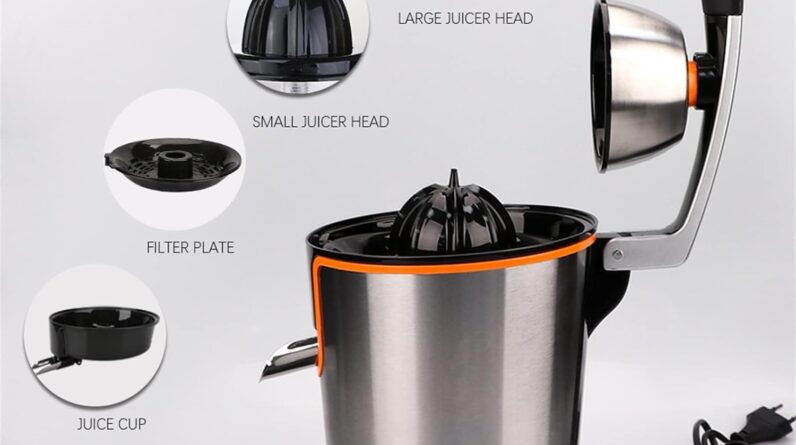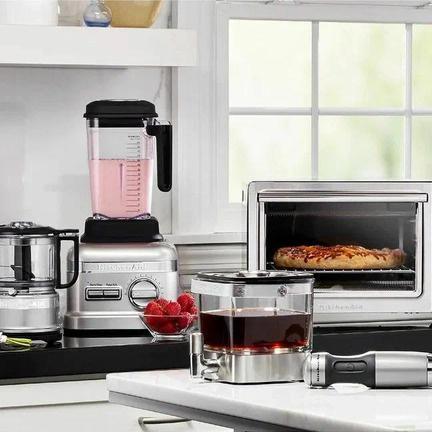
Maintaining small appliances is essential to ensure optimal performance and prolong their lifespan. From cleaning to regular check-ups, this article provides practical tips and techniques to help you keep your small appliances in top-notch condition. Discover the secrets to maximize the efficiency of your coffee maker, toaster, blender, and more, so you can enjoy their convenience and functionality for years to come.
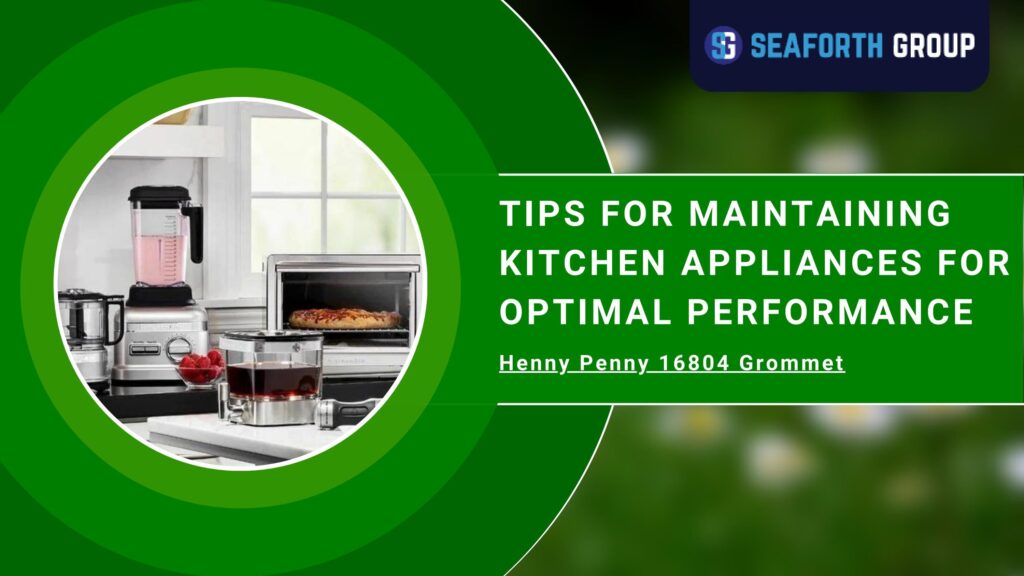
This image is property of image.isu.pub.
Regular Cleaning
Gather Necessary Supplies
To ensure that you can clean your small appliances effectively, it’s essential to gather all the necessary supplies beforehand. This includes mild dish soap, warm water, a soft cloth or sponge, a toothbrush for hard-to-reach areas, and some white vinegar for stubborn stains. Having these supplies ready will make the cleaning process much smoother and more efficient.
Unplug and Disassemble
Before starting the cleaning process, it is essential to unplug your small appliance from the power source. Safety should always come first! Once unplugged, carefully disassemble any removable parts, such as blades, attachments, or filters. This will make it easier to clean every nook and cranny of your appliance.
Clean Exterior Surfaces
To keep your small appliances looking their best, cleaning the exterior surfaces regularly is essential. Use a soft cloth or sponge dipped in warm, soapy water to gently wipe down the surfaces. Avoid using abrasive cleaners or scrub brushes, as they can damage the appliance’s finish. Pay extra attention to any visible dirt, fingerprints, or grease, ensuring that the appliance looks clean and presentable.
Clean Interior Components
While the exterior surfaces may be the most visible, it’s equally important to clean the interior components of your small appliances. For appliances like toasters or coffee makers, remove the crumb tray or coffee filter basket and rinse them with warm, soapy water. Use a toothbrush to scrub away any stubborn residue or build-up inside the appliance’s interior. Be careful not to get any water or cleaning solutions near electrical components.
Remove and Clean Removable Parts
Many small appliances have removable parts that require regular cleaning. This includes attachments, blades, trays, or containers. Remove these parts and wash them separately in warm, soapy water. Use a toothbrush or sponge to scrub away any grease or residue. Rinse them thoroughly and let them air dry before reassembling the appliance.
Clean Filters
Filters play a crucial role in the performance of many small appliances, such as air purifiers or coffee machines. Regularly cleaning or replacing these filters is essential for optimal functioning. Refer to the manufacturer’s instructions on how to clean or replace the filters correctly. Some filters might require rinsing with water, while others may need to be replaced entirely.
Clean Power Cords
Power cords often get neglected during the cleaning process, but they can accumulate dust, dirt, or even spills. Ensure that the appliance is unplugged, then wipe down the power cord with a damp cloth. If the cord is particularly dirty, you can use a mild detergent solution to clean it gently. Let the cord dry completely before using or storing the appliance.
Reassemble and Plug Back In
After cleaning all the components thoroughly, it’s time to reassemble your small appliance. Make sure that all the parts fit snugly and securely in their respective places. Ensure that any seals or gaskets are clean and dry before reassembling them. Once everything is back in place, plug the appliance back into the power source, and you’re ready to use it again!
Proper Storage
Remove Batteries
If your small appliance runs on batteries, it’s important to remove them before storing the appliance. Leaving batteries inside for extended periods can lead to leakage, which can damage the appliance. Remove the batteries and store them separately in a cool, dry place, preferably in a battery storage container.
Empty Reservoirs or Tanks
For appliances that have water reservoirs or tanks, such as humidifiers or steam irons, it’s crucial to empty them before storing. Stagnant water can breed bacteria or mold, leading to unpleasant odors or even health issues. Follow the manufacturer’s instructions on how to drain the reservoir or tank properly. Once emptied, allow the appliance to air dry completely before storing.
Wipe Down and Dry
Before storing your small appliances, give them a final wipe down to remove any remaining dust, dirt, or fingerprints. Use a soft cloth or sponge dampened with warm, soapy water to clean the surfaces. Make sure to dry the appliance thoroughly to prevent any moisture from causing damage while in storage.
Store in a Cool, Dry Place
To maintain the longevity of your small appliances, it’s crucial to store them in a cool, dry place. Avoid storing them in areas that are prone to high humidity or temperature fluctuations, such as near stoves, radiators, or windows. A dry and stable environment will help prevent rust, corrosion, or damage to electrical components.
Store with Cord Neatly Wrapped
To prevent cords from tangling or becoming damaged, it’s recommended to store your small appliances with the power cord neatly wrapped. Avoid wrapping the cord too tightly, as this can cause stress or knots. Neatly coil the cord, ensuring that it’s not under any strain, and secure it with twist ties or velcro straps. This will help maintain the cord’s integrity and prevent any accidental damage.
Avoid Stacking or Overcrowding
When storing multiple small appliances, it’s important to avoid stacking them on top of each other or overcrowding the storage space. Over time, this can cause scratches, dents, or even damage to delicate components. Allow each appliance enough space to breathe and ensure that they are stored in a stable position to avoid any accidents or mishaps.
Regular Inspections
Check for Loose or Damaged Parts
Regularly inspecting your small appliances for loose or damaged parts is essential for both their performance and your safety. Before each use, take a thorough look at the appliance and check for any loose screws, knobs, or handles. Make sure all parts are secure and tight. If you notice any signs of damage, such as cracks or frayed wires, discontinue using the appliance and seek professional help.
Inspect Power Cords and Plugs
A quick inspection of the power cords and plugs can help prevent potential electrical hazards. Look for any signs of damage, such as exposed wires, bends, or cuts in the cord. Check the plug for any loose connections or broken prongs. If you notice any issues, it’s crucial to replace the cord or plug immediately, as using a damaged cord can be extremely dangerous.
Look for Signs of Wear and Tear
Over time, small appliances can show signs of wear and tear, which can impact their efficiency. Inspect the appliance for any visible signs of deterioration, such as peeling coatings, worn-out buttons, or discoloration. These signs may indicate that it’s time to consider replacing the appliance or seeking professional repairs.
Ensure Proper Ventilation
Many small appliances rely on proper ventilation to dissipate heat and function efficiently. Check for any blocked vents or air passages and ensure that they are clear of dust, dirt, or debris. Adequate ventilation is crucial for preventing overheating and prolonging the lifespan of your small appliances.
Test Buttons and Switches
To ensure that all functions and controls are working correctly, it’s essential to test the buttons and switches regularly. Turn the appliance off and on, adjust various settings, and ensure that all buttons respond as intended. If you notice any problems or unresponsiveness, it may be an indication that the appliance needs servicing or repair.
Follow Manufacturer’s Guidelines
Read the User Manual
One of the best practices for maintaining small appliances is to thoroughly read the user manual provided by the manufacturer. The user manual contains valuable information regarding proper operation, cleaning instructions, and maintenance guidelines specific to your appliance. Familiarize yourself with this essential resource to ensure that you are following the manufacturer’s recommendations correctly.
Follow Usage Instructions
Each small appliance comes with specific usage instructions designed to optimize its performance and longevity. Pay attention to the recommended usage duration, temperature settings, or maximum allowable capacity. Following these instructions carefully will not only ensure optimal performance but also prevent unnecessary strain or damage to the appliance.
Use Recommended Cleaning Methods
Manufacturers often provide specific cleaning instructions for their appliances. These instructions might include the use of specific cleaning products, recommended frequencies for cleaning, or techniques to avoid damage. By following the recommended cleaning methods, you can effectively maintain the cleanliness of your small appliances without compromising their functionality or appearance.
Adhere to Maintenance Schedule
Some small appliances require regular maintenance beyond basic cleaning. This might involve lubricating moving parts, replacing worn-out components, or conducting routine inspections. Refer to the maintenance schedule outlined in the user manual and make sure to adhere to it diligently. Regular maintenance can significantly extend the lifespan of your small appliances and prevent costly repairs.
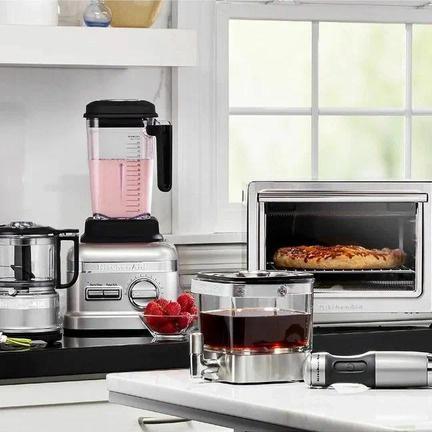
This image is property of assets.isu.pub.
Avoid Overloading or Overworking
Know the Appliance’s Capacity
To ensure that your small appliance performs optimally and does not get overloaded, it’s crucial to understand its capacity. Each appliance has a maximum allowable load or volume, which should not be exceeded. For example, if using a blender, ensure that you don’t overload it with excessive ingredients. Overloading can strain the appliance’s motor or cause it to overheat, leading to premature wear and tear.
Avoid Excessive Usage
Small appliances are designed for specific purposes and durations of use. Using them excessively can put undue stress on their components and lead to performance issues. For instance, if you have a food processor, avoid running it continuously for extended periods. Give the appliance short breaks between uses, allowing it to cool down and preventing motor overheating.
Allow Cool-Down Periods
Small appliances that generate heat, such as toasters or irons, require cool-down periods between uses. Ignoring these cool-down periods can cause the appliance to overheat or malfunction. Adhere to the recommended cool-down times specified in the user manual to prevent damage and maintain optimal performance.
Avoid Using Incorrect Attachments
Some small appliances come with interchangeable attachments or accessories designed for specific functions. It’s essential to use the correct attachments recommended by the manufacturer. Using incorrect attachments can strain the motor or cause the appliance to work less efficiently. Familiarize yourself with the compatible attachments and use them accordingly to ensure optimal performance and longevity.
Use Proper Power Source
Check Voltage and Frequency Requirements
Before plugging in your small appliance, verify that the voltage and frequency requirements match the available power supply. Small appliances are typically designed to operate at specific voltage levels, such as 120V or 220V, depending on the region. Using an incompatible voltage can damage the appliance or pose safety risks. Always double-check the voltage and frequency requirements stated in the user manual or on the appliance itself.
Use Surge Protectors
To protect your small appliances from voltage spikes or power surges, it’s advisable to use surge protectors. Surge protectors help regulate the flow of electricity and prevent sudden voltage fluctuations from damaging the appliance. Investing in surge protectors can save you from expensive repairs or replacements caused by electrical issues.
Avoid Using Extension Cords
While they may offer convenience, using extension cords for small appliances is generally discouraged. Extension cords can introduce additional resistance and have a lower ampere rating than the appliance’s power cord. This can lead to voltage drops and decreased performance. Whenever possible, plug your small appliances directly into a properly grounded wall socket to ensure optimal power supply.
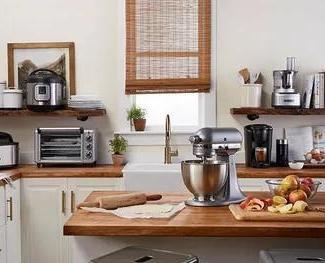
This image is property of assets.isu.pub.
Handle with Care
Avoid Dropping or Rough Handling
Small appliances, especially those with delicate components or glass surfaces, should be handled with care. Dropping them or subjecting them to rough handling can lead to cracks, breakages, or internal damage. Always handle your small appliances gently, paying attention to any fragility or sensitivity.
Use Two Hands for Heavy Appliances
When dealing with heavy small appliances, it’s important to use both hands for stability and balance. Holding a heavy appliance with just one hand can put significant strain on your wrist, potentially leading to accidents or drops. Use both hands to support the weight and ensure controlled movement when lifting or maneuvering heavy small appliances.
Be Gentle with Buttons and Controls
Small appliances often have buttons, switches, or controls that require gentle handling. Avoid applying excessive force or pressing them forcefully, as this can damage the internal mechanisms. Be mindful of the pressure you exert on these components, ensuring smooth and gentle operation.
Avoid Excessive Heat or Moisture
Keep Away from Direct Sunlight or Heat Sources
Exposing your small appliances to direct sunlight or heat sources can lead to potential damage or deformation. Intense heat can cause warping or discoloration, particularly in plastic components. To preserve the appearance and functionality of your appliances, store and operate them away from direct sunlight or heat-emitting appliances.
Avoid Steam or Water Exposure
While some small appliances, such as coffee machines or steamers, are designed to handle moisture, it’s crucial to follow the manufacturer’s guidelines regarding their use. Avoid exposing small appliances to excessive steam or water unless they are explicitly designed for it. Water can penetrate electrical components, causing malfunctions or posing safety hazards. Always use your small appliances as intended and avoid unnecessary moisture exposure.
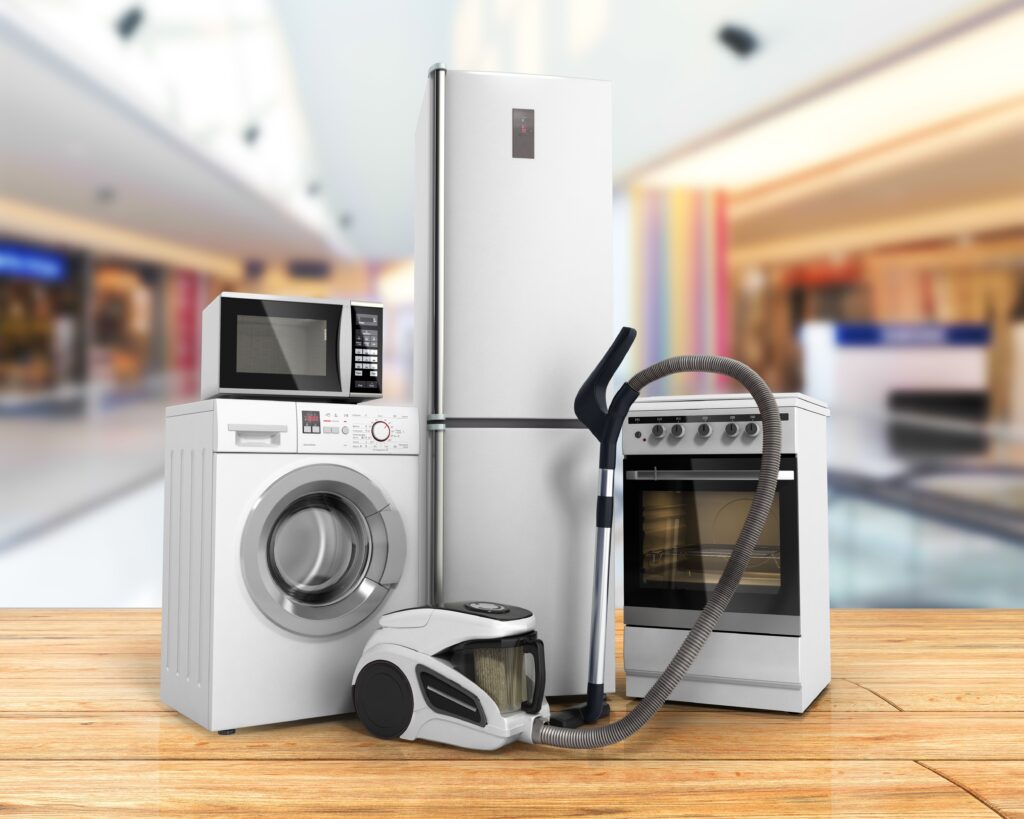
This image is property of cdn.sanity.io.
Regularly Replace Consumable Parts
Change Filters or Cartridges
For small appliances with filters or cartridges, regular replacement is necessary to maintain optimal performance. Over time, filters can get clogged or lose their effectiveness, reducing the appliance’s efficiency. Refer to the manufacturer’s instructions on how frequently the filters should be replaced and make sure to follow the recommended schedule.
Replace Blades or Cutters
Small appliances with sharp blades or cutters, such as blenders or food processors, require regular replacement to ensure safe and efficient operation. Dull or damaged blades can affect the appliance’s performance or become a safety hazard. Follow the manufacturer’s recommendations for blade replacement intervals and inspect them regularly for signs of wear or damage.
Refill Lubricants or Grease
Certain small appliances, such as sewing machines or power tools, require regular lubrication to maintain smooth operation. Consult the user manual to determine the appropriate lubricants or grease to use and the recommended frequency of application. Proper lubrication can extend the lifespan of moving parts and prevent premature wear.
Seek Professional Help for Repairs
Identify Authorized Service Centers
In the event that your small appliance requires repairs, it’s always advisable to seek professional help. Identify authorized service centers or repair technicians trained specifically for your appliance brand. These professionals have the expertise and knowledge to diagnose and fix any issues correctly, ensuring the optimal performance and safety of your appliance.
Consult Customer Support
If you encounter any difficulties or have questions regarding the maintenance or operation of your small appliance, don’t hesitate to reach out to the manufacturer’s customer support. Many manufacturers offer assistance through phone, email, or online chat. The customer support team can provide guidance on troubleshooting, maintenance, or any concerns you may have.
Do Not Attempt DIY Repairs
Small appliances often contain complex electrical or mechanical components that require specialized knowledge and tools to repair. Attempting to repair small appliances yourself can be dangerous and may void any existing warranties. To ensure the safety and longevity of your appliance, it’s best to leave repairs to the professionals.
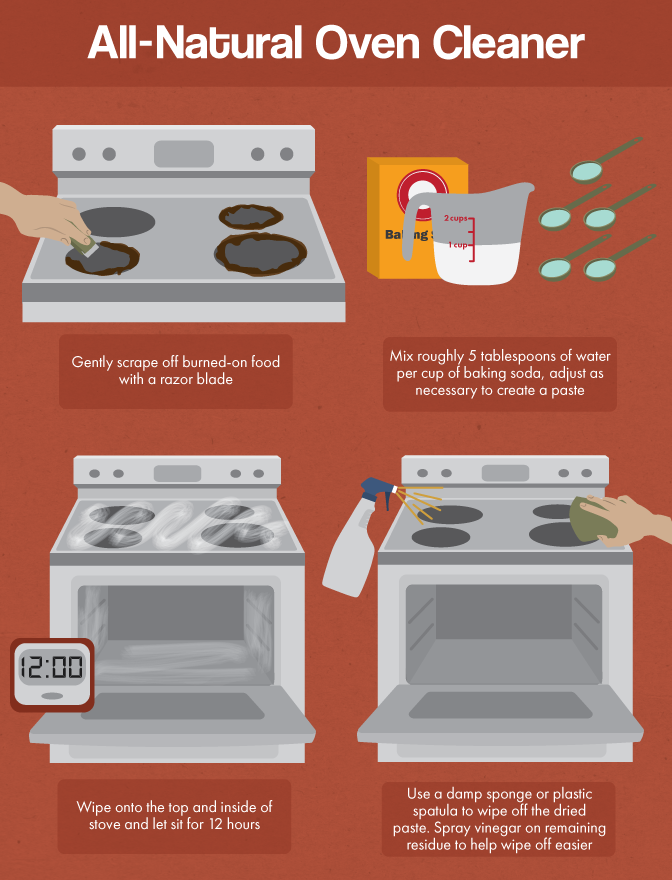
This image is property of fixcom.azureedge.net.


